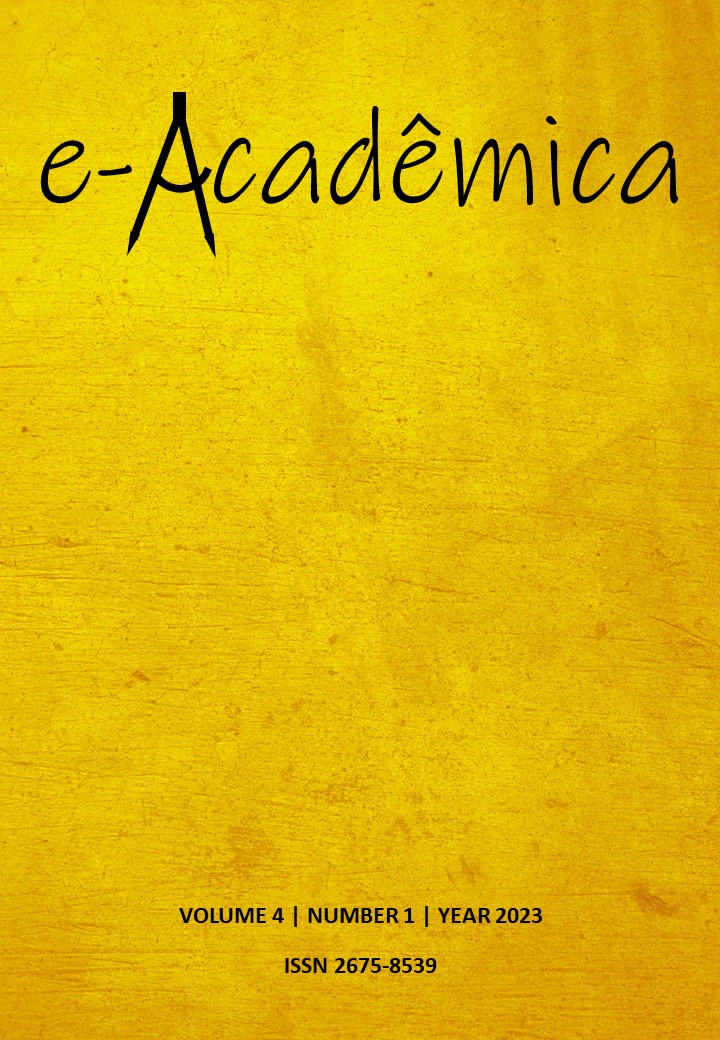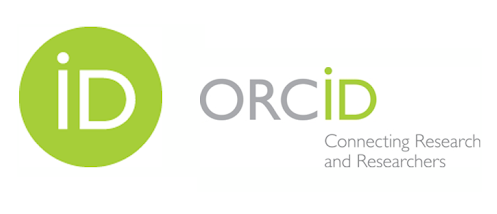The incidence of Sleep Paralysis in medicine course students at the Assis Gurgacz University Center (FAG) and its relationship with sleep quality
DOI:
https://doi.org/10.52076/eacad-v4i1.421Keywords:
Sleep paralysis; Sleep quality; Wakefulness; Sleep.Abstract
Introduction: Sleep paralysis is a disorder that occurs shortly after waking up or when you are trying to fall asleep and that prevents the body from moving, even when the mind is awake. Thus, the person wakes up, but is unable to move, causing anguish, fear and terror. Theoretical background: Sleep paralysis occurs when rapid eye movement (REM) atony is maintained in wakefulness. Episodes occur during the threshold between sleep and physical wakefulness, being awake, the person is afraid to sleep, perceive the brain waking up, but the body does not, can open the eyes, hear everything, but not move, has the feeling of being accompanied, being watched and of being paralyzed. Sleep paralysis episodes are generally self-limited, leave no sequelae and are quick, lasting from seconds to minutes. Methodology: The incidence of these episodes in medical students at the Centro Universitário Assis Gurgacz (FAG) will be analyzed using an online form and also the relationship between the appearance of this condition and the quality of sleep. Since sleep quality disorders have been found in several studies to be associated with a higher chance of paralysis, it is believed that this is a multifactorial event. Discussion and analysis: it was possible to verify with this study that there is a significant percentage of medical students at the institution who have already experienced episodes of sleep paralysis and we were also able to analyze the different forms of manifestations, in addition, the sleep conditions of these people have a direct impact on the quality of life and also on the appearance of these episodes. Conclusion: Many studies are still needed to identify the causes and ways to avoid this condition, which can often cause fear and panic.
References
Almondes K. M. & Araújo J. F. (2003). Padrão do ciclo sono-vigília e sua relação com a ansiedade em estudantes universitários. Estud Psicol. 8(1)37-43.
Benham, G. (2020). Sleep paralysis in college students. Journal of American College Health. Volume 70, pages (1286-1291)
Bezerra, C. (2022). Paralisia do sono: o que é, porque acontece e como evitar. Tua saúde. Publicado agosto de 2022.
Bittencourt, L. R. A., Silva, R. S., Santos, R. F., Pires, M. L. N., & Mello, M.T. (2005). Sonolência excessiva. Rev Bras Psiquiatr. 27(Supl.1):16-21.
Cardoso, H. C., Bueno, F. C. C., Mata, J. C., Alves, A. P. R., Jochims, I., Filho, I. H. R. V., & Hanna, M. M. (2009). Avaliação da qualidade do sono em estudantes de Medicina. Revista brasileira de educação médica 33 (3): 349 – 355
Correa, C. C, Oliveira, F. K, et al. (2017). Qualidade de sono em estudantes de medicina: comparação das diferentes fases do curso. Jornal Brasileiro de Pneumologia. 43(4):285-289
Cui N., van Looij M. A., & Kasius K. M. (2022). Successful treatment of sleep paralysis with the Sleep Position Trainer: a case report. J Clin Sleep Med. 18(9):2317–2319.
Davies, O. (2010). The Nightmare Experience, Sleep Paralysis, and Witchcraft Accusations. Folklore. Volume 114, pages 181-203
Denis, D (2018). Relationships between sleep paralysis and sleep quality: current insights. Dove Press journal: Nature and Science of Sleep. Volume 10, pages 355-367
Denis, D., Frenchr, C.C., & Gregory, A.M. (2018). A systematic review of variables associated with sleep paralysis. Sleep Medicine Reviews. Volume 38, Pages 141-157.
Farooq, M., & Anjum F. (2022). Sleep Paralysis. Nacional Library of Medicine. In: StatPearls. Last Update: September 5, 2022.
Grom, J. L., & Sharpless, B. A. (2016). Isolated sleep paralysis: fear, prevention, and disruption. Behavioral sleep medicine. Volume 14, pages 134-139
Medeiros A. L. D., Lima P. F., Almondes K. M., Dias A. S J, Rolim S. A. M., & Araújo J. F. (2002). Hábitos de sono e desempenho em estudantes de medicina. Revista Saúde do centro de ciências da saúde (UFRN). 16(1)49-54.
Muller M. R., & Guimarães S. S (2007). Impacto dos transtornos do sono sobre o funcionamento diário e a qualidade de vida. Estud Psicol. 24(4):519-28.
Penn, N. E., Kripke, D. F., & Scharff, J. (2010). Sleep Paralysis Among Medical Students. The Journal of Psychology. Volume 107, pages 247-252
Poyares D., & Tufik S. (2003). I Consenso Brasileiro de Insônia: introdução. Hypnos: rev sono. São Paulo: Sociedade Brasileira de Sono. p. 5. Oct:4-45.
Ramos, D. F., Magalhães, J., Santos, P., Vale, J., & Santos, M. I. (2020). Recurrent sleep paralysis - fear of sleeping. Revista Paulista de Pediatria. 38:e2018226
Rodrigues R. N. D., Viegas C. A. A., Silva A. A. A. A., & Tavares P. (2002) Daytime sleepiness and academic performance in medical students. Arq Neuropsiquiat. 60(1)6-11.
Silval, S. C., & Romão, M. F. (2017) Avaliação da qualidade do sono dos acadêmicos de medicina do método de aprendizagem baseada em problemas. Revista Brasileira de Neurologia e Psiquiatria. 21(3):185-196.
Whitney, L., & Ress, Oreet. (2020). The sleep paralysis nightmare, wrathful deities, and the archetypes of the collective unconscious. Psychological perspectives. Volume 63, pages 29-39
Downloads
Published
How to Cite
Issue
Section
License
Copyright (c) 2023 Maria Eduarda Bertol D’Avila Pereira ; Carolina Ferraz de Paula Soares

This work is licensed under a Creative Commons Attribution 4.0 International License.
Autores que publicam nesta revista concordam com os seguintes termos:
1) Autores mantém os direitos autorais e concedem à revista o direito de primeira publicação, com o trabalho simultaneamente licenciado sob a Licença Creative Commons Attribution que permite o compartilhamento do trabalho com reconhecimento da autoria e publicação inicial nesta revista.
2) Autores têm autorização para assumir contratos adicionais separadamente, para distribuição não-exclusiva da versão do trabalho publicada nesta revista (ex.: publicar em repositório institucional ou como capítulo de livro), com reconhecimento de autoria e publicação inicial nesta revista.
3) Autores têm permissão e são estimulados a publicar e distribuir seu trabalho online (ex.: em repositórios institucionais ou na sua página pessoal) a qualquer ponto antes ou durante o processo editorial, já que isso pode gerar alterações produtivas, bem como aumentar o impacto e a citação do trabalho publicado.










